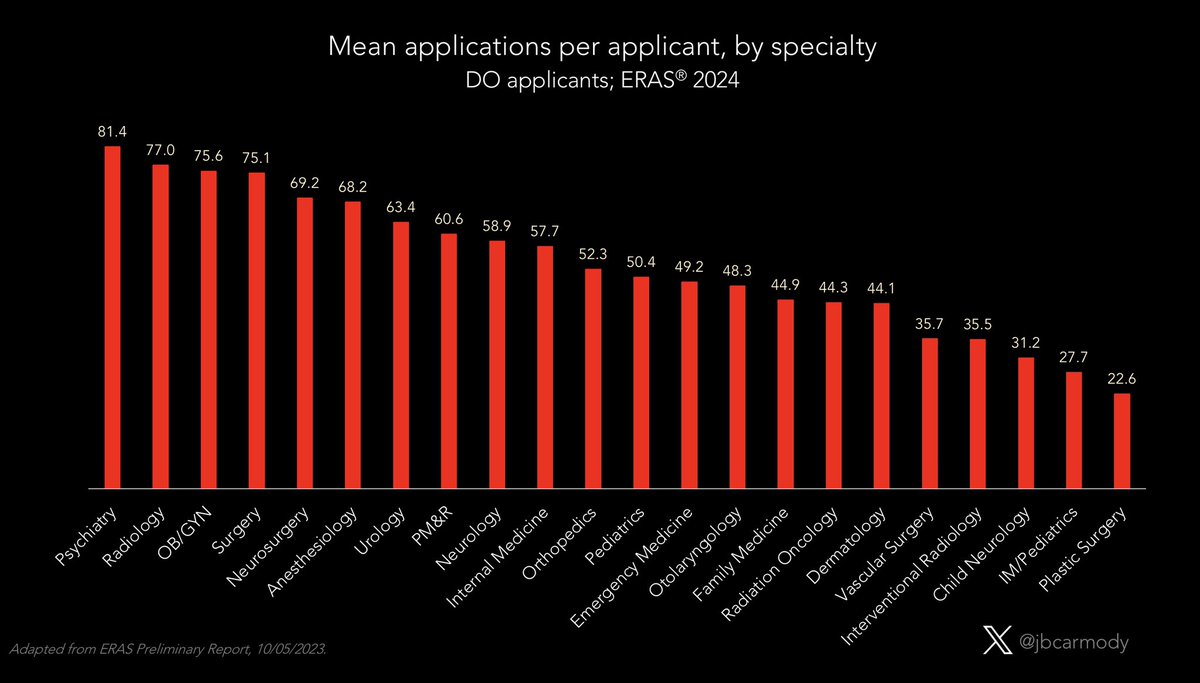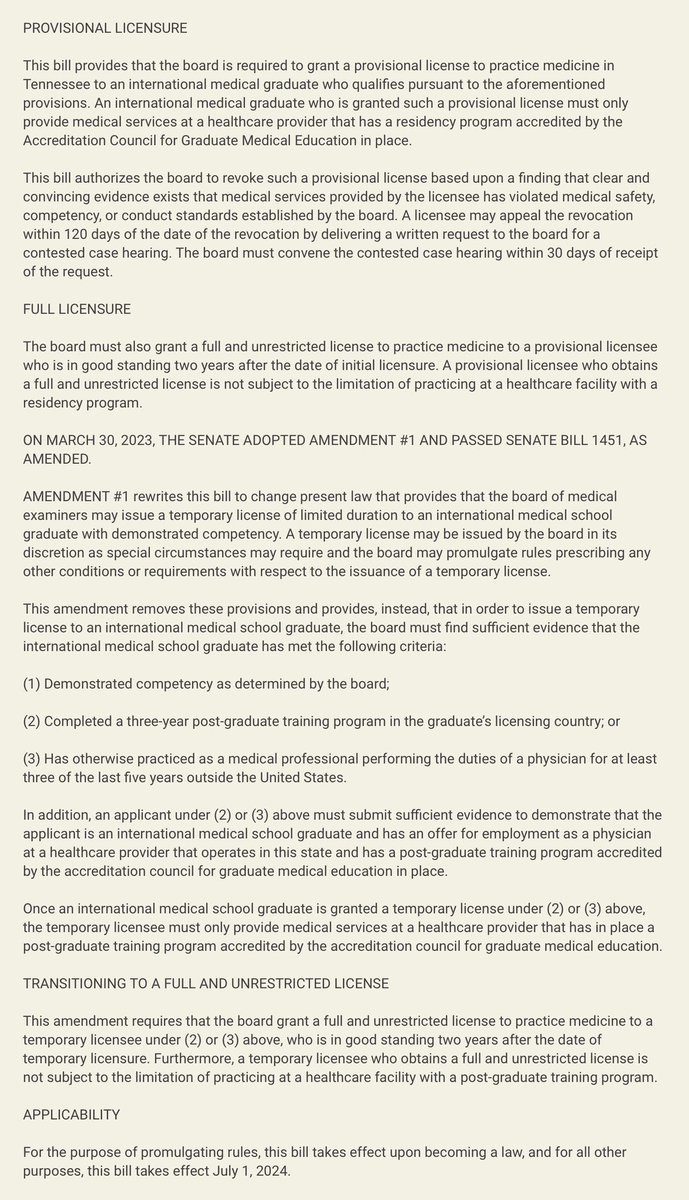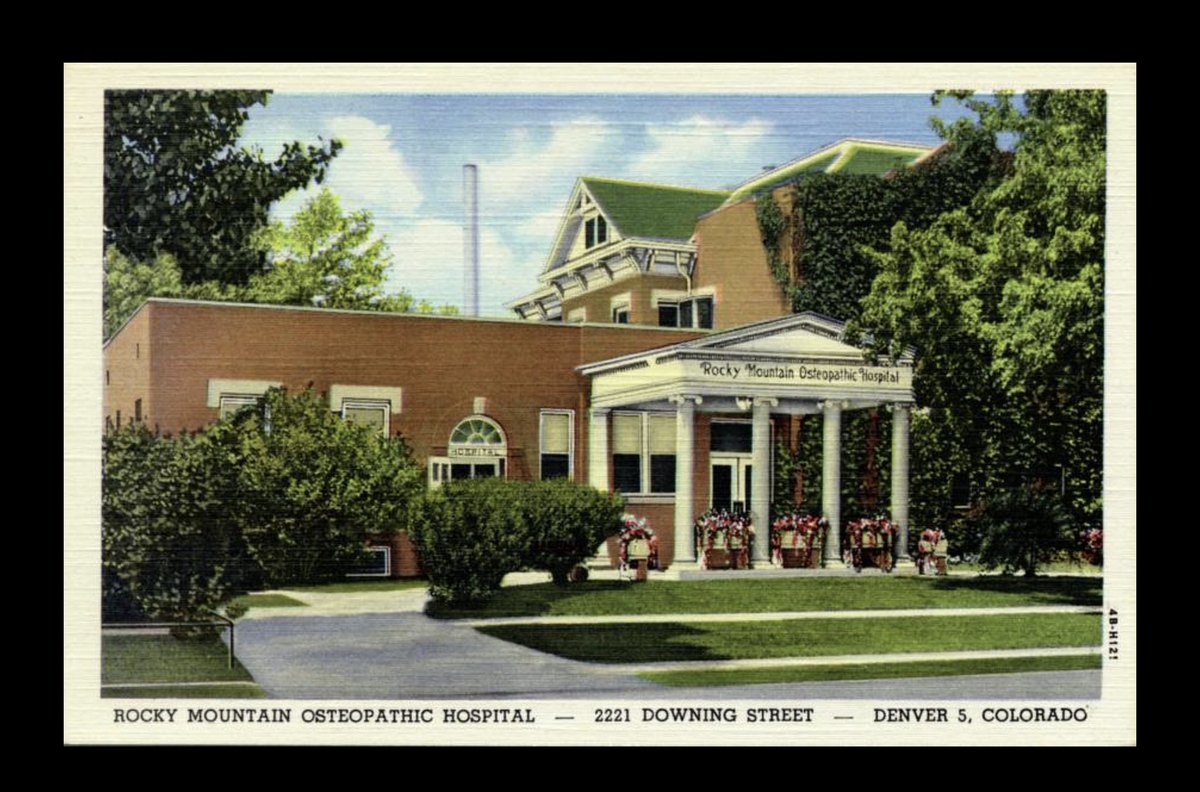Andrew Taylor Still was the father of osteopathic medicine, and the A.T. Still School of Osteopathic Medicine in Arizona has been a leader in DO education.
ATSU-SOMA just announced a major change in their curriculum… one that has big implications for schools elsewhere.
(🧵)
ATSU-SOMA just announced a major change in their curriculum… one that has big implications for schools elsewhere.
(🧵)

Quick background:
ATSU used to have a ‘3+1’ curriculum, where second-year students were assigned to local community health centers to continue their classroom education and begin getting clinical experience.
ATSU used to have a ‘3+1’ curriculum, where second-year students were assigned to local community health centers to continue their classroom education and begin getting clinical experience.

The community health centers were spread all around the country - here’s the list from Wikipedia.
This was a big help in recruiting. Many pre-meds chose ATSU-SOMA because of the ability to spend a significant portion of their medical education at a CHC close to home.
This was a big help in recruiting. Many pre-meds chose ATSU-SOMA because of the ability to spend a significant portion of their medical education at a CHC close to home.

But the CHC’s weren’t just a recruiting tool.
They were also a way to offload students and avoid expensive infrastructure upgrades at the main campus as the school grew.
And in 2019, COCA approved ATSU-SOMA’s request to expand their class size from 107 to 162 students per year.
They were also a way to offload students and avoid expensive infrastructure upgrades at the main campus as the school grew.
And in 2019, COCA approved ATSU-SOMA’s request to expand their class size from 107 to 162 students per year.
Cracks began to emerge in the system last year.
The previous minimum 8h/week of clinical experience for OMS-2’s at the CHC was cut to 4h/week.
And ATSU had to wind down their operations at four of the CHC’s.
The previous minimum 8h/week of clinical experience for OMS-2’s at the CHC was cut to 4h/week.
And ATSU had to wind down their operations at four of the CHC’s.
Last week, ATSU-SOMA’s dean held a town hall meeting to announce the discontinuation of the 1+3 model and transition to a traditional 2+2 with all first- and second-year students at the Mesa campus.
And yes, most schools use a 2+2. But two issues deserve some consideration.
And yes, most schools use a 2+2. But two issues deserve some consideration.
The first is the effect on the students.
There will now be 300+ DO students on a campus that was originally designed to hold 60 students comfortably, all taking classes in a 3-story building that also houses the PT, OT, physician assistant, and athletic training programs.
There will now be 300+ DO students on a campus that was originally designed to hold 60 students comfortably, all taking classes in a 3-story building that also houses the PT, OT, physician assistant, and athletic training programs.
But the second issue is what this tells us about medical school expansion and the increasing competition over clinical training sites.
In the town hall, several faculty from CHC’s poignantly raised the question - why should their site take ATSU-SOMA students in the future?
In the town hall, several faculty from CHC’s poignantly raised the question - why should their site take ATSU-SOMA students in the future?
Most MD schools are attached to a giant academic medical center capable of providing all necessary rotations for its students.
But many newer MD schools - and almost all DO schools - aren’t, and must develop contractual relationships with far-flung training sites.
e.g., ATSU:
But many newer MD schools - and almost all DO schools - aren’t, and must develop contractual relationships with far-flung training sites.
e.g., ATSU:

Acquiring - and maintaining - clinical training sites has become a high-stakes game of Risk for medical schools and their deans.
The most telling moment in the ATSU-SOMA town hall came when the dean was asked about third-year rotations.
Her response was… less than confident.
The most telling moment in the ATSU-SOMA town hall came when the dean was asked about third-year rotations.
Her response was… less than confident.
Obviously, DO/MD schools aren’t just competing with each other for sites - they’re also competing with Caribbean medical schools, NP/PA schools, etc - many of which will pay handsomely for access to rotations.
To the extent a bidding war breaks out, students will pay the price.
To the extent a bidding war breaks out, students will pay the price.
And when clinical sites become a seller’s market, buyers can’t afford to be too picky.
Site quality becomes less important than just having *something* to show accrediting agencies - even if the clinical experience at the site amounts to little more than fragmented shadowing.
Site quality becomes less important than just having *something* to show accrediting agencies - even if the clinical experience at the site amounts to little more than fragmented shadowing.
I highlighted all of this during a talk to the osteopathic medical school deans a couple of years ago, and warned that overexpansion and the battle for clinical training sites was one of the biggest threats facing osteopathic medicine.
Watch here:
Watch here:
• • •
Missing some Tweet in this thread? You can try to
force a refresh

 Read on Twitter
Read on Twitter
























